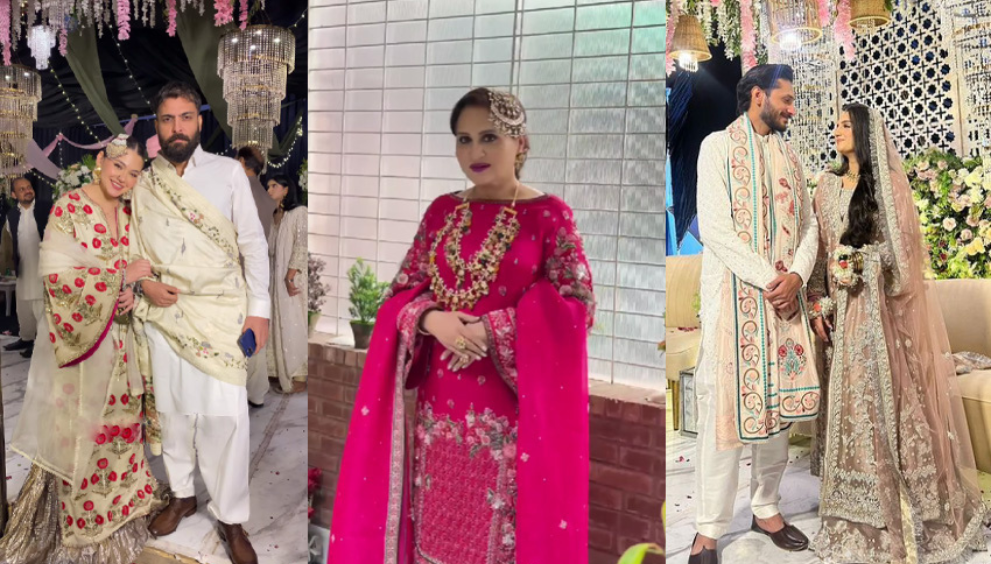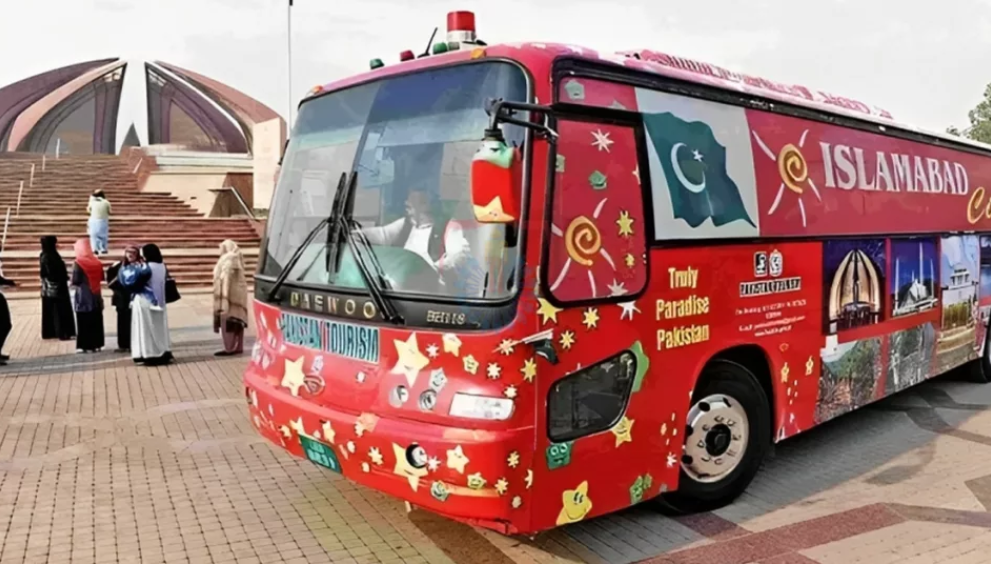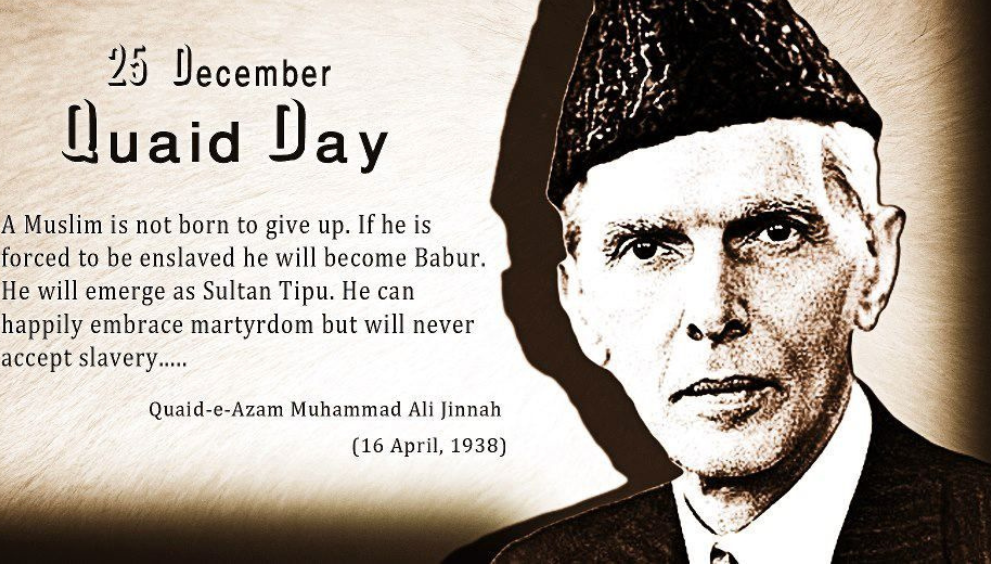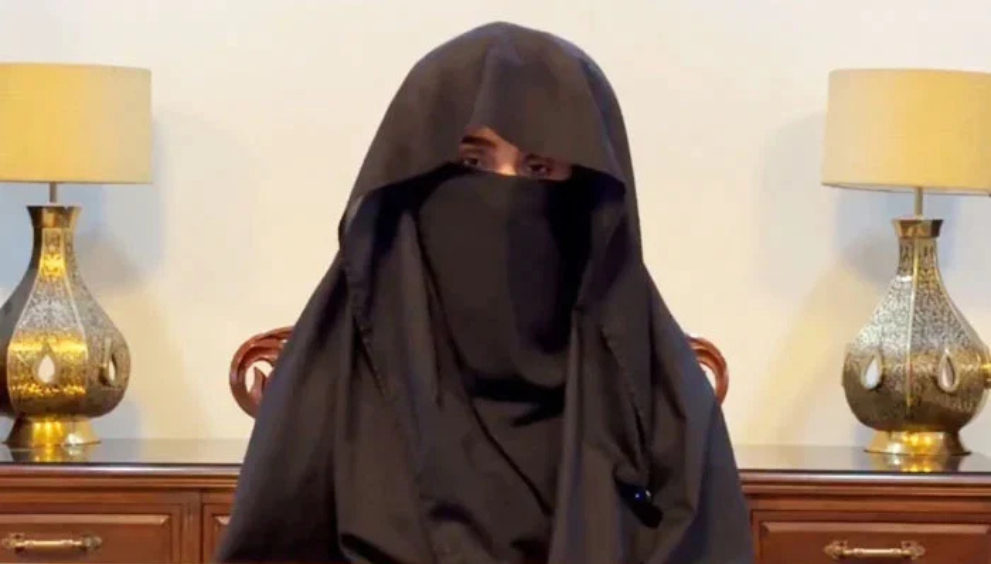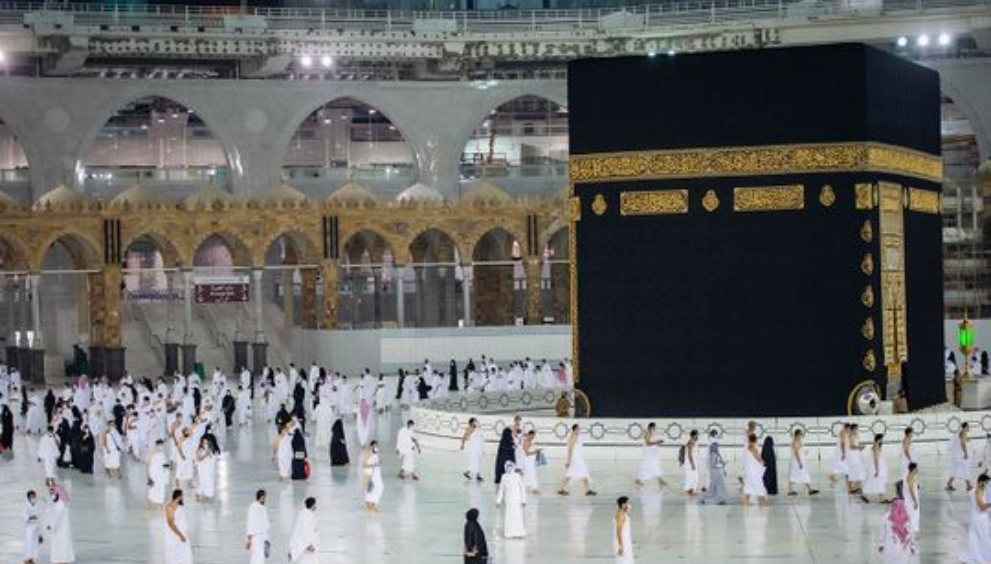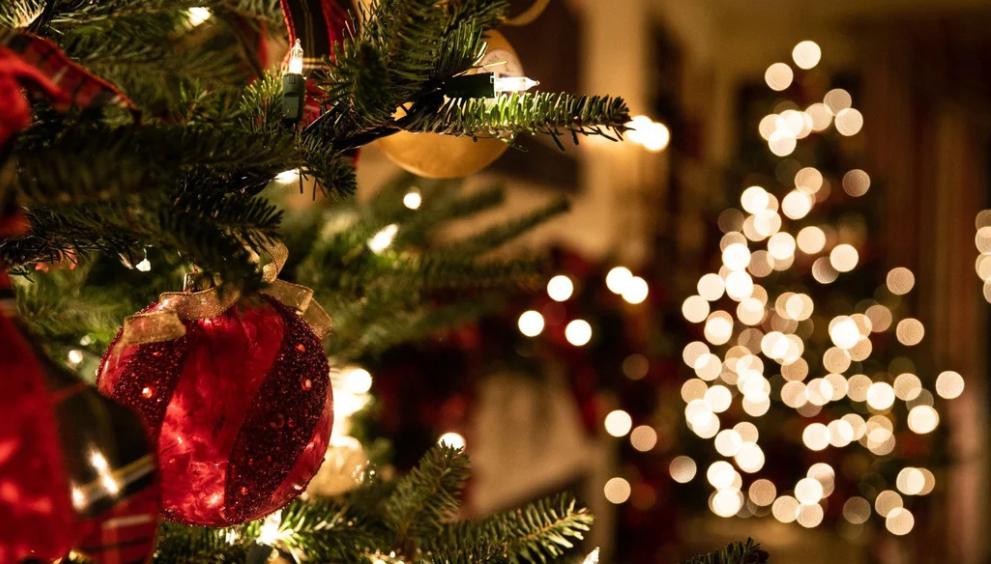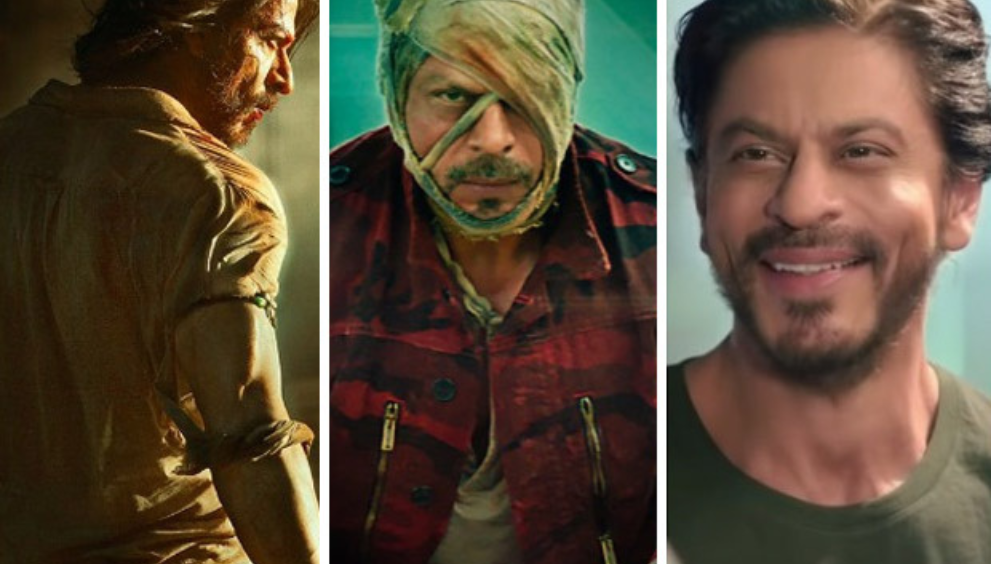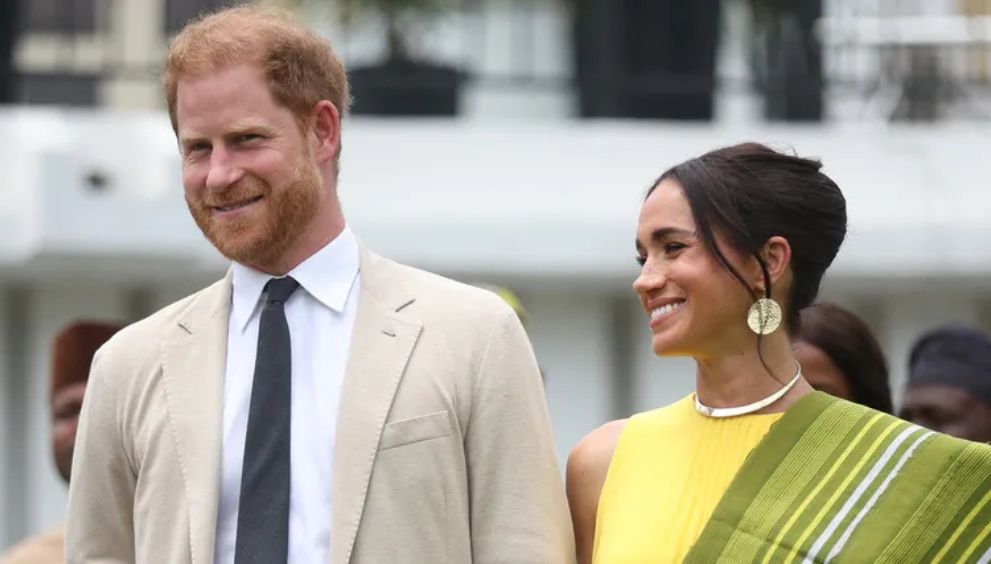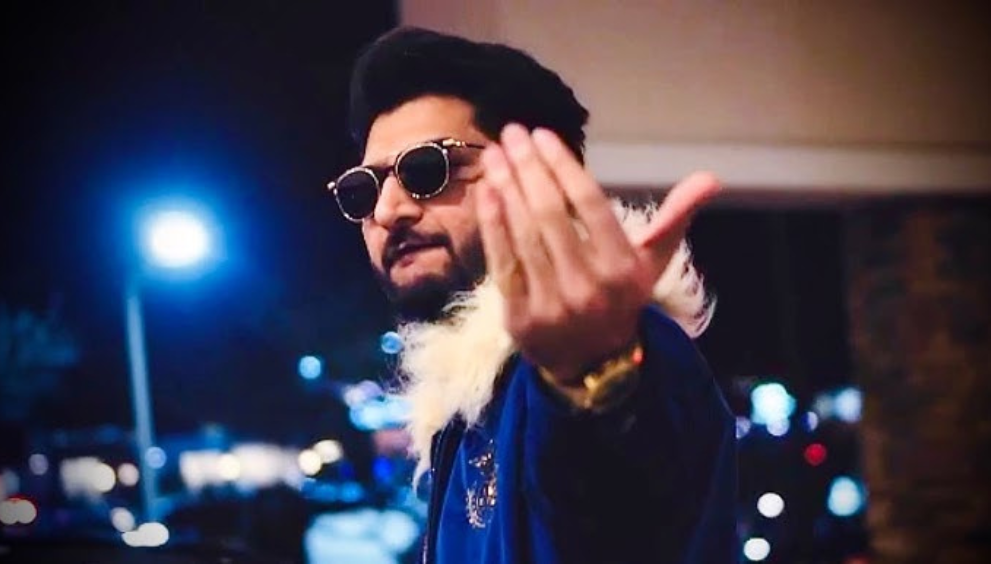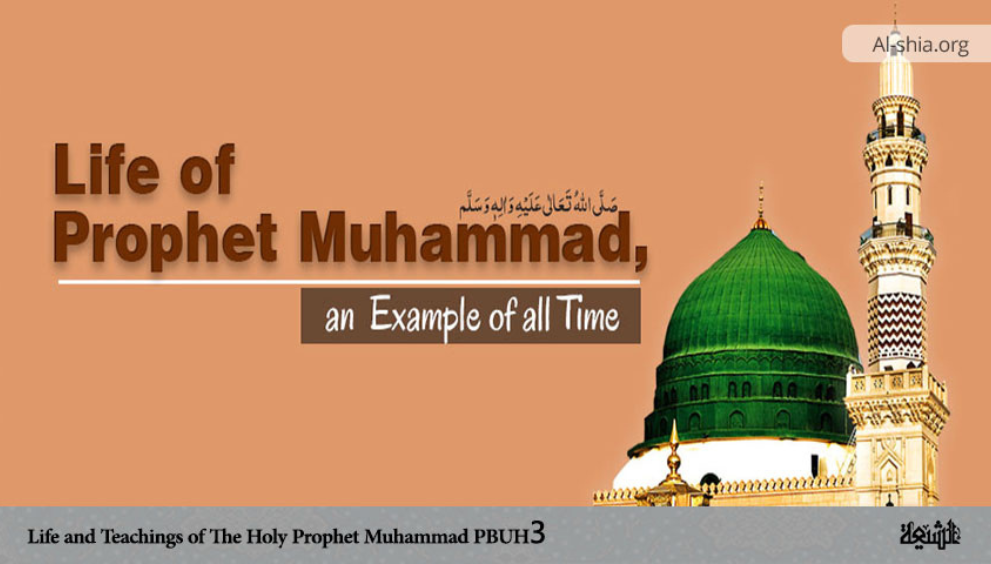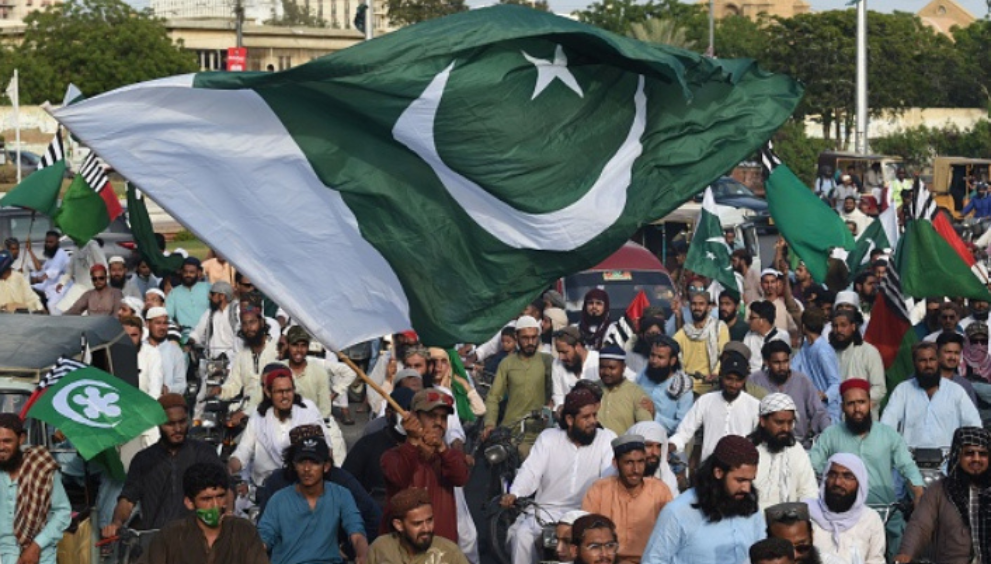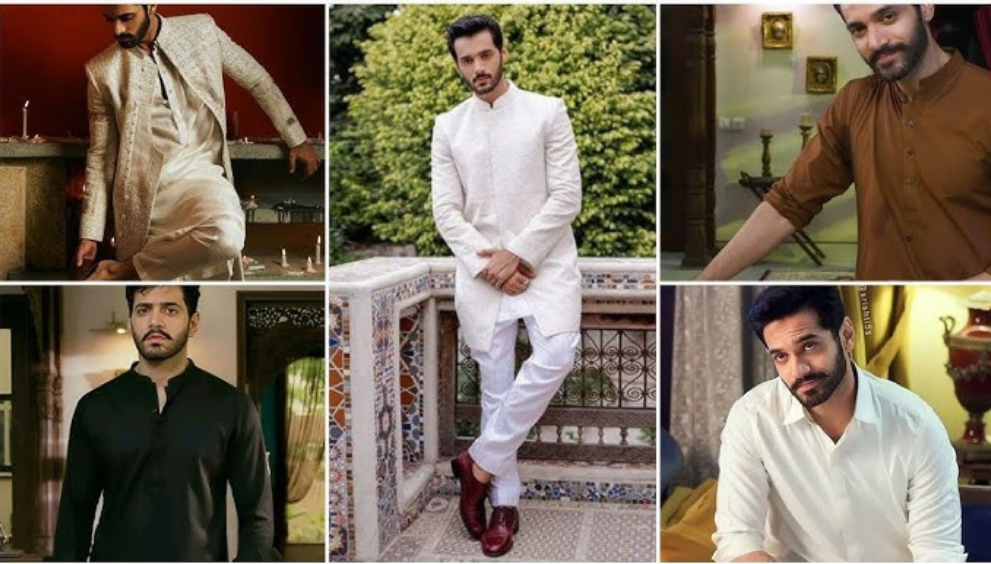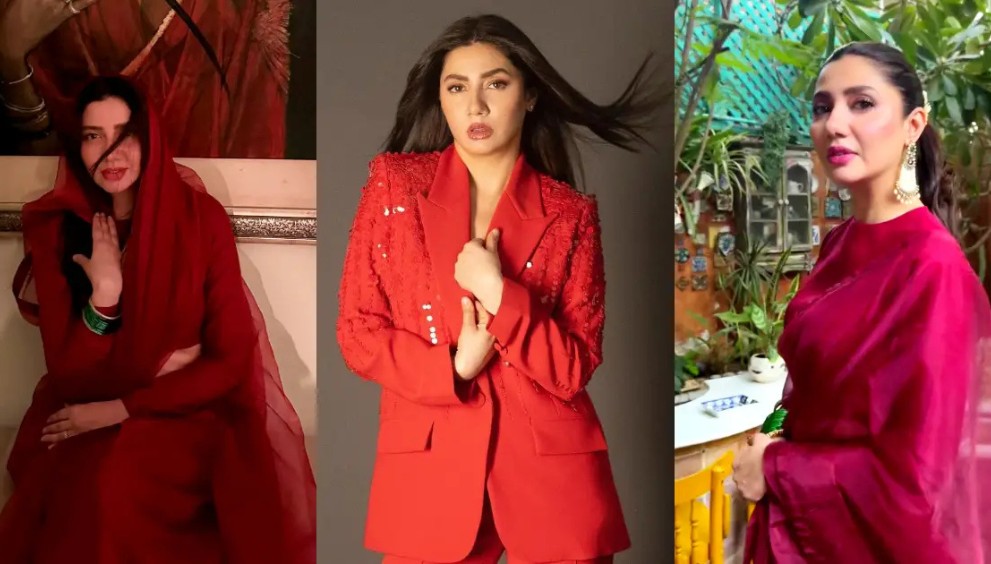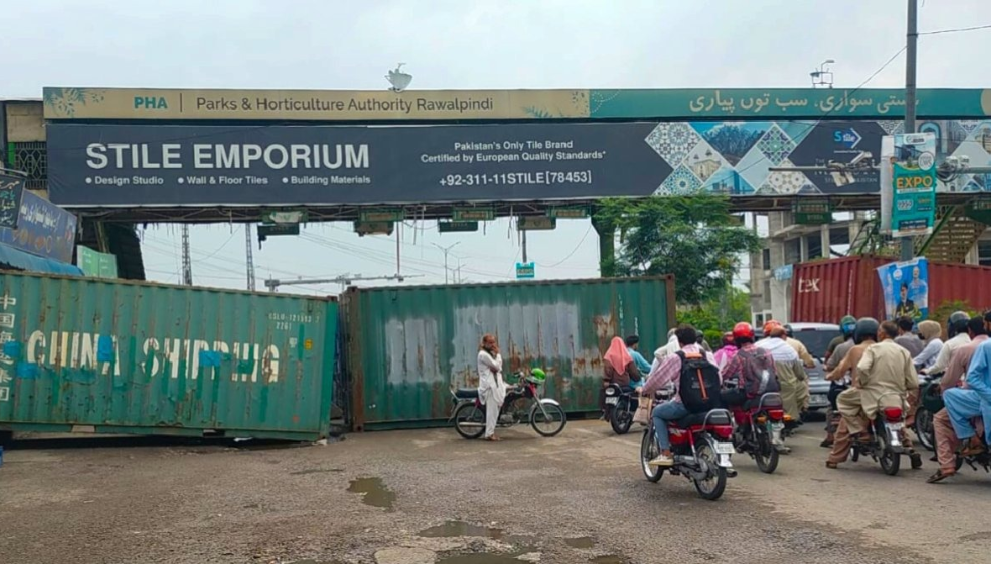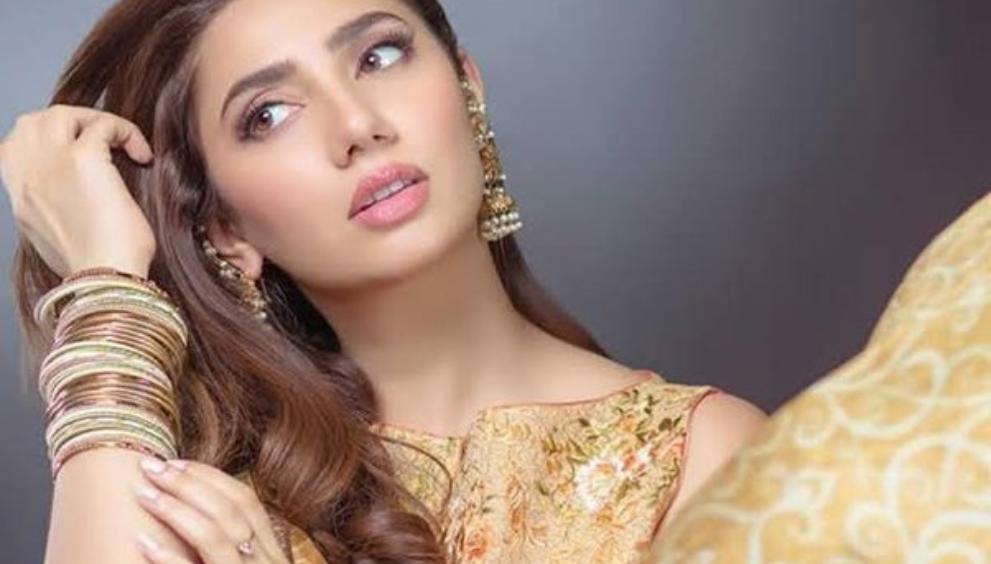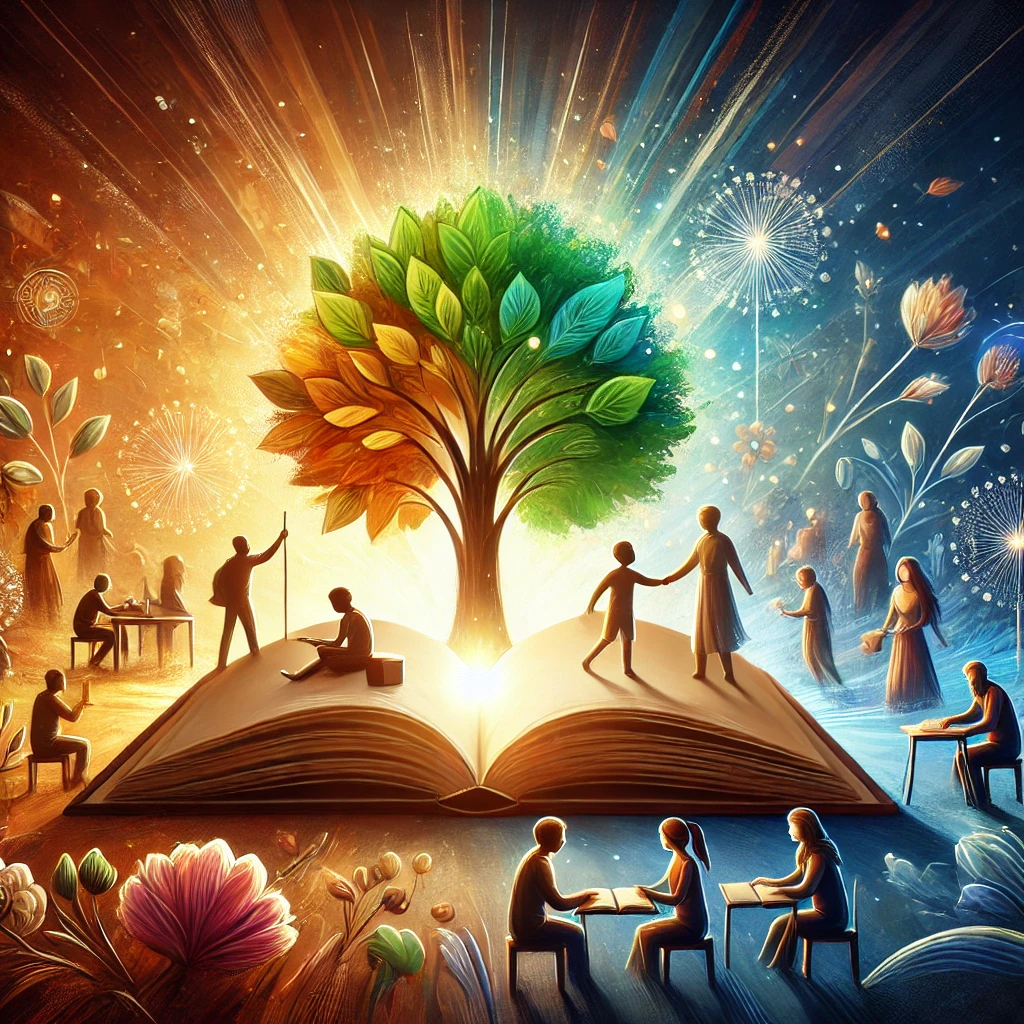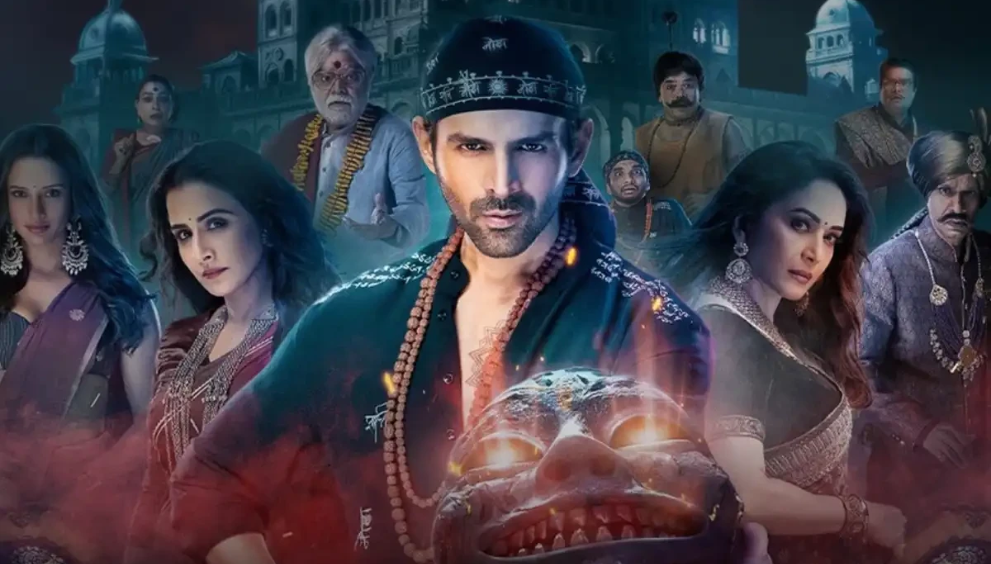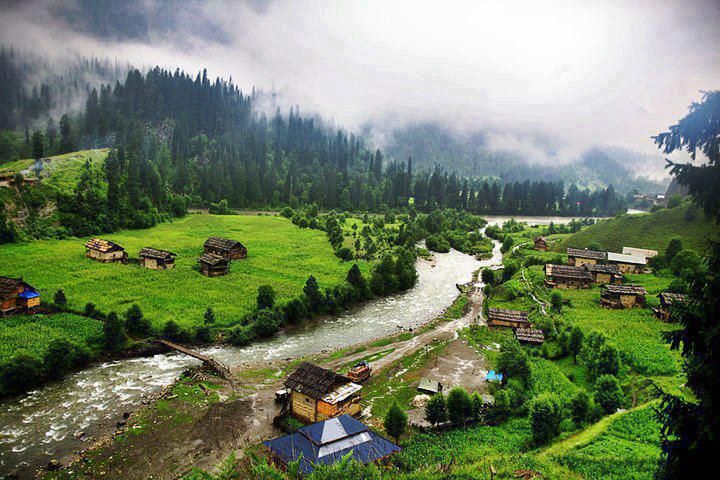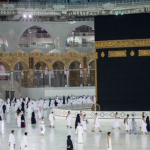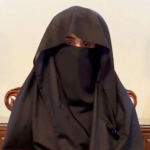The Hidden History of Traditional Pakistani Jewelry Patterns

Introduction
Traditional Pakistani Jewelry Patterns Pakistan, a land rich in culture and tradition, boasts an extraordinary history of jewelry design that reflects its diverse heritage. From the deserts of Sindh to the mountains of Balochistan, traditional jewelry patterns tell stories of ancient civilizations, local craftsmanship, and cultural evolution. These timeless designs are not just ornaments but a living testament to our roots.
Sindhi Ajrak-Inspired Jewelry
The Sindhi ajrak, known for its intricate geometric and floral motifs, has been a cultural icon for centuries. Artisans in Sindh have begun incorporating these patterns into jewelry, crafting pieces that celebrate their heritage. Ajrak-inspired necklaces and earrings often feature vibrant reds and indigos, representing prosperity and tradition. These designs connect wearers to the Indus Valley Civilization, where similar motifs were first seen.
Balochi Tribal Motifs
Balochistan’s jewelry is a vibrant expression of its tribal identity. Heavy silver ornaments adorned with colorful gemstones and engraved patterns symbolize strength and beauty. The motifs often depict the harsh yet majestic Balochi landscape, with designs resembling mountains, stars, and crescent shapes. Women in rural areas still wear these pieces as a mark of pride and connection to their ancestors.
Punjabi Phulkari-Inspired Jewelry
Phulkari, the traditional embroidery of Punjab, has transcended fabrics to inspire jewelry. The floral and geometric designs of phulkari are now seen in necklaces, bangles, and even bridal sets. These patterns are a symbol of Punjabi culture’s celebration of life, joy, and abundance.
Pashtun Kuchi Jewelry
Pashtun and Kuchi tribes are renowned for their elaborate, colorful jewelry. Their designs include dangling coins, vibrant beads, and engraved metalwork that narrate stories of migration and resilience. Kuchi jewelry is not only eye-catching but also a historical record of the nomadic lifestyle.
Modern Adaptations of Traditional Patterns
In recent years, Pakistani designers have fused traditional motifs with modern aesthetics. Minimalist jewelry featuring ajrak or phulkari-inspired engravings is gaining popularity among younger generations. These adaptations ensure that cultural heritage remains alive while appealing to contemporary tastes.
Why Traditional Jewelry Matters
The history of Pakistani jewelry patterns is more than a tale of beauty; it’s a narrative of identity and resilience. Each piece carries the essence of a region, a culture, and a people. In preserving these designs, we keep alive the stories of our ancestors and pass them on to future generations.
Traditional Pakistani jewelry patterns are not just a style statement; they are a bridge between the past and the present. Whether it’s a heavy silver Balochi necklace or a delicate Sindhi ajrak pendant, each piece holds a story waiting to be discovered.
Conclusion
By embracing and promoting traditional Pakistani jewelry, we not only celebrate our heritage but also empower local artisans. The next time you wear a piece of traditional jewelry, remember that you are carrying a piece of history, culture, and artistry with you. Read more informative blogs

 English
English 
